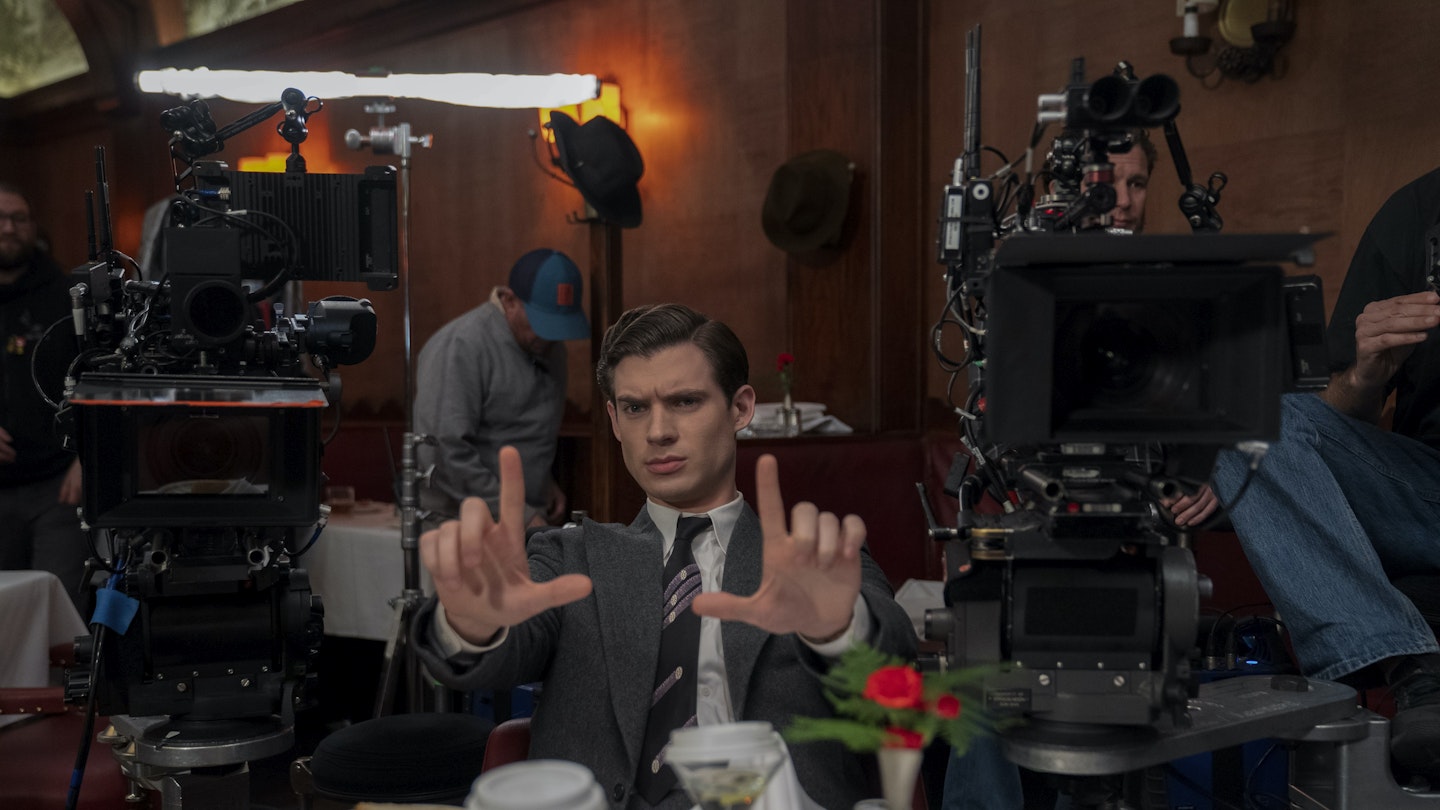Within two weeks of finishing the ill-starred Une Belle Fille Comme Moi, François Truffaut began shooting this highly personal paean to film and the communality of film-making. The idea first came to him as he passed the Parisian set for Bryan Forbes's The Madwoman of Chaillot at Victorine Studios in Nice and his intention was to show how movies often have to overcome insurmountable problems in order to reach the screen.
Yet, he was also keen to pay tribute to the unseen and unsung crew members without whom a project would founder. Moreover, as ever, Truffaut couldn't resist hommages to his heroes and references to Jean Cocteau, Jean Renoir, Orson Welles and Françoise Dorléac are complemented by the picture's dedication to silent stars Lillian and Dorothy Gish.
The plot for Meet Pamela came from a British news story. But the on-set incidents were based on Truffaut's own experiences (the recalcitrant cat, for example, came from La Peau Douce) and those of his friends. Thus, the documentary authenticity of the production sequences is reinforced by anecdotal truth. But, the very fact that the film is called Day for Night confirms that it is also something of an illusion, as this is the name given to the technique (whose French equivalent is La Nuit Américaine) of covering the lens with a filter to shoot nocturnal sequences in broad daylight.
The excellent ensemble deserves credit for entering so fully into the spirit of this debunking of actorly egotism and capriciousness. But it's obvious from Truffaut's own performance as Ferrand that he adores his cast and is prepared to indulge their follies and failings to achieve his cherished family atmosphere. Yet, by sporting a hearing aid, Truffaut also highlights the director's isolation and the fact that while filming may be a collaborative process, the completed picture represents the vision of a single artist.
